The Gabaldon Effect–God created man, but Diana created Jamie
This year’s prestigious Maillet-Frye lecture, the flagship event of Moncton, New Brunswick’s international Frye Festival, was lent a little more prestige on April 29 when it welcomed Diana Gabaldon as featured speaker.
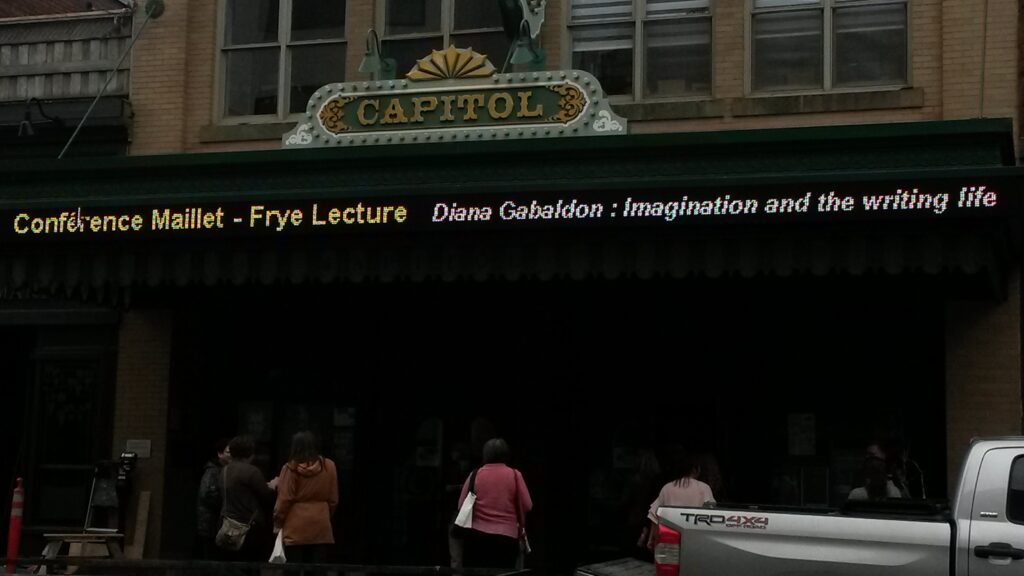
The author of the eight-book Outlander series, as well as a host of other related novellas, has sold more than 28 million books in 24 languages worldwide.
And her lecture sold out in a matter of hours.
Seeing this decisive public response, the Frye committee quickly organized a second Q and A event for the following day, and sold enough tickets to comfortably fill the main ballroom of a nearby hotel. The room seated 500.
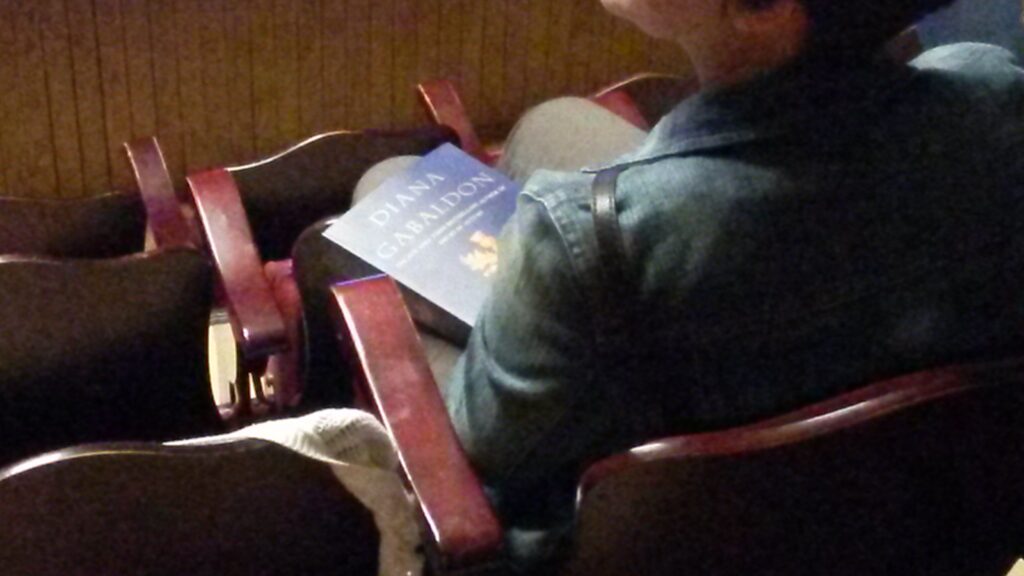
Being a Monctonian, I have good intentions every year to take in lots of Frye workshops and readings, but life seems to always get in the way. But I did make a point of buying tickets for both Gabaldon appearances.
The events were filled with mostly middle-aged women, clutching their books to be handed over in the two-hour book signing immediately following the lecture. (The woman sitting next to me had a scratched and dog-eared soft cover edition of Outlander—the first book in the series—and she fairly vibrated with excitement.) Still, there was a significant minority of women there who were under 30, plus a few snowy heads, and a smattering of husbands–who didn’t appear to be coerced.
I sat at the Q and A on April 30, waiting among her many fans for her arrival, and I marveled at the crackle of energy in the room, emanating from these readers who feel a kinship of experience. I longed to ask her what magical element, what moment of grace helped her create a universe that sucks people in like a great literary black hole—so much so that they compare all similar works to hers.
Her voice is hoarse from all the time spent talking yesterday at the Maillet-Frye lecture, where she spoke for 20 minutes, did a Q & A with Rod Allen, an editor with the Moncton Times and Transcript, and then signed books for two hours. Fans were lined up from the theatre stage all the way to the front door of the Capitol, waiting for a chance to speak to her for just a few moments.
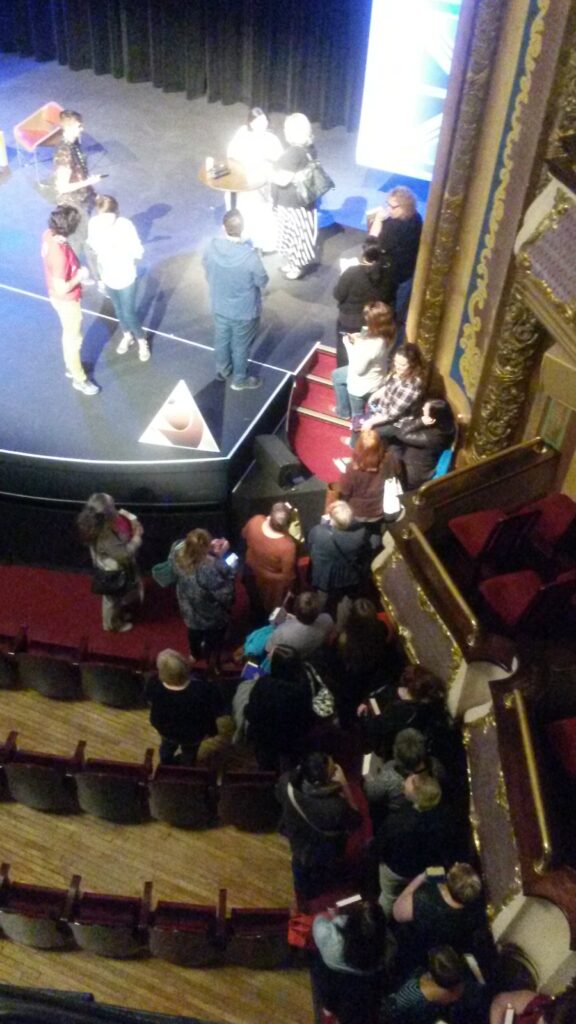
I wouldn’t call myself a superfan, because I have only read the main books and not all the other stories in the Outlander universe. I am not a collector of character bobbleheads, Outlander colouring books or a myriad of other merchandise.
But I do admire Gabaldon’s writing style and her approach to the craft of writing. I’m in awe of the powerful reach of her characters. If there’s one thing I could emulate, that’s what it would be. To write powerful, real characters.
I have come to the fandom late in the game. Gabaldon began her first book in 1988 while I was fresh out of school and still listening to Duran Duran. I checked out the series in 2015 when a friend on social media began raving about a new television series based on the books and I wanted to see what all the fuss was about.
I read all eight books in four months.
It seems that most readers have a similar compulsive experience. As was repeated by Frye hosts during Gabaldon’s introductions, “God created man, but Diana created Jamie.”
For those of you who have not read these books, the Outlander series is a genre-defying story about Claire Beauchamp Randall, a WWII combat nurse. In 1946, on a visit to Scotland with her husband Frank, she moves backward in time through a set of standing stones called Craig na Dun and wakes up in the same location, but 200 years in the past—1740s Scotland. She is unable to return and circumstances force her to marry a young highlander named James Fraser, a man she grows to love. The following seven books, weighted heavily in factual history, are the continuation of their sometimes tragic—but satisfying—life together.
Erotic, but not erotica. Romantic, but not a romance novel. Historical, but not a history. There are elements of science fiction/fantasy, but the story does not focus on it. It is merely a device. In the beginning, this marketing problem stumped her publishers and almost shelved her first book contract.
It is a select group of writers who’ve enjoyed such an extraordinary phenomenon. But every writer dreams of creating characters that come alive on the page and make readers long to live in the story. If that is you, today, I’ve gleaned a few bits of advice from Diana’s lecture and the following day’s interview, conducted by Hal Wake, Artistic Director of the Vancouver Writers Fest.
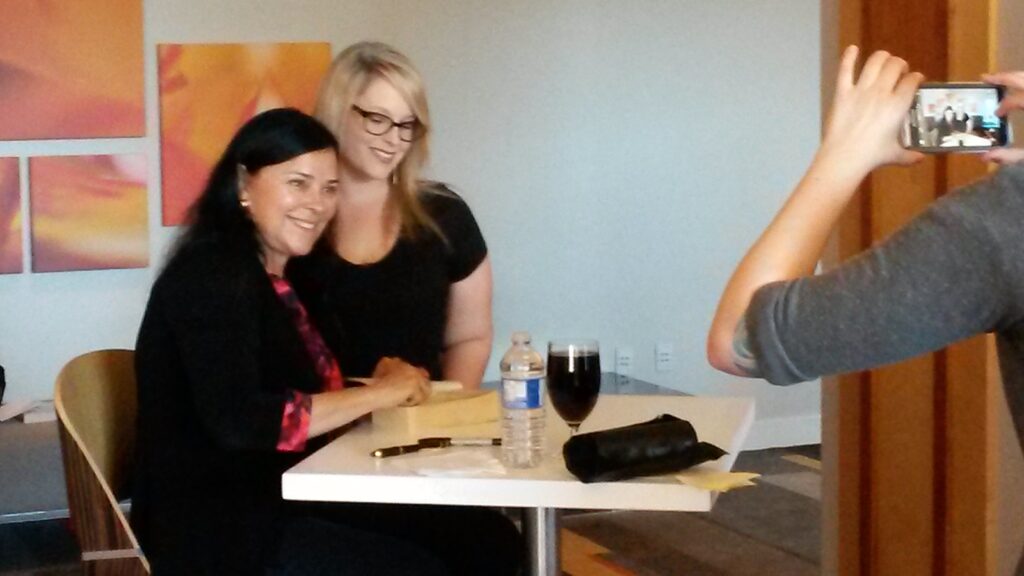
Dare to be Different. Even though each of her books is a continuation of the same story, each book has a different energy and feel. If they were all written the same way, Gabaldon would be bored. She doesn’t adhere to convention and whenever I hear her speak, I’m struck by her self-possession and confidence. “Many writers do the same thing over and over again, and I might be even more popular if I did that. But every one of my books has a different shape and tone.”
Don’t be restricted by technique. When I studied creative writing, I was taught to plan out a full outline of my story, plus main and minor character descriptions, so that the first draft would, according to my textbook, “practically write itself.” But when it comes to fiction, the former professor eschews academic process in favour of a non-linear, intuitive style. No outlines. She forces nothing, writing scenes piecemeal, as they come to her. She files them and organizes them later, as the story takes shape. Gabaldon finds that many writers are relieved to hear this at lectures and workshops. “Some have told me that they’ve been set free to write a whole new way.”
Fiction is not the place for political correctness. Don’t impose a modern sensibility on historical characters. The spanking scene between Jamie and Claire in the first book outraged many readers, but Gabaldon didn’t let it rile her. “It’s my book,” she said, simply. “I think it’s immoral, unjust, to impose political correctness on a historical story. Because history is not reality. It’s not what happened—it’s what someone chose to write about it.”
Accept that you will never have enough time. But if you maintain a consistent work ethic, you’ll get it done eventually. “When I was writing Outlander, I was working two full-time jobs and had three kids under the age of six. You’ll never have the time—you have to make time. If you don’t have much, even if you only have ten minutes, it’s okay. Just be consistent. After a while, you’ll find a way to make ten minutes a half hour and find yourself making excuses to sneak off and work on your story.”
A good book is worth the wait. Gabaldon says she doesn’t know when a book will be done, but she keeps working, whether she feels inspired or not. “Publishers have to operate on a schedule so they really want to know…they start calling a year before things have to start happening. ‘Do you know when you’ll be done?’ they ask. It will always take longer than I say, it will always be longer than I think. I tell them, ‘you understand this, right?’ And they say they do.”
See the big picture. Gabaldon regrets the inconvenience and frustration that folk in the publishing industry experience if the end doesn’t ever seem to be in sight, but she doesn’t let such pressure change her writing process—it takes as long as it takes. “Hopefully my book will be around for a long time, so I want it to be the best book I can write.”


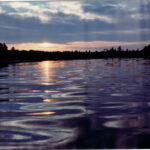
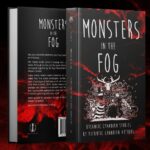
No Comments